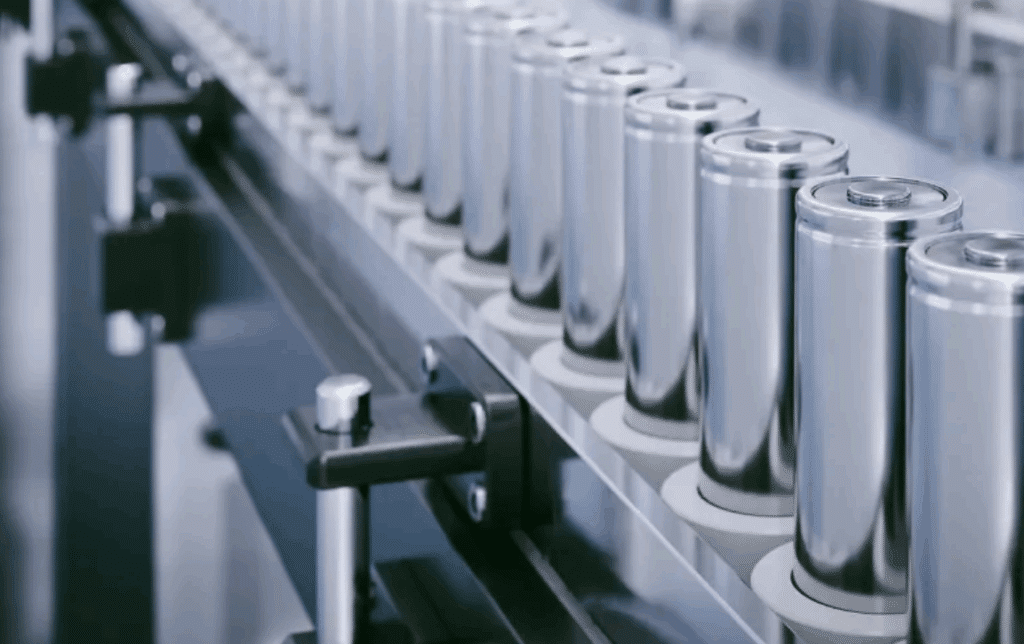In a major leap for clean energy technology, German researchers have developed an imaging method to observe lithium-ion battery degradation in real-time, a discovery that could dramatically extend battery lifespans and accelerate the shift to a renewable-powered future.

Lithium-ion batteries are critical to powering the clean energy revolution — from electric vehicles to renewable energy storage. But a key challenge remains: their gradual decline in performance after repeated use. Now, researchers have made a major breakthrough that could change how we build and maintain these vital power sources.
Scientists from the SyncLab at Helmholtz-Zentrum Berlin (HZB) and the BLiX lab at TU Berlin have developed a non-destructive method to observe battery degradation in real-time, using advanced X-ray techniques.
Traditional approaches examine batteries only after they’ve been disassembled — offering limited insights. But using a confocal setup combining X-ray fluorescence (XRF) and X-ray absorption spectroscopy (XAS), researchers can now scan live batteries in 3D with micrometer-level precision. This allows them to monitor chemical changes as they happen, without disturbing the internal structure.
“This gives us spatially resolved insights,” said physicist Ioanna Mantouvalou, first author of the study. “We can study the elemental composition of each layer under real operating conditions.”
Why This Matters
By observing 10,000 charge cycles over a few weeks, the team uncovered how manganese from the NMC (nickel-manganese-cobalt) cathode dissolves and migrates to the anode. This degradation begins in as few as 200 cycles — much earlier than previously understood — and significantly impacts performance.
With current lithium-ion batteries typically rated for 300–800 cycles, improving longevity is crucial. Extending battery life would reduce mining demands, cut costs, and boost efficiency across sectors — from smartphones to electric vehicles. “This kind of quantitative data is urgently needed,” Mantouvalou emphasized. The findings offer a new pathway for designing longer-lasting batteries, supporting a more sustainable and resilient clean energy future.








